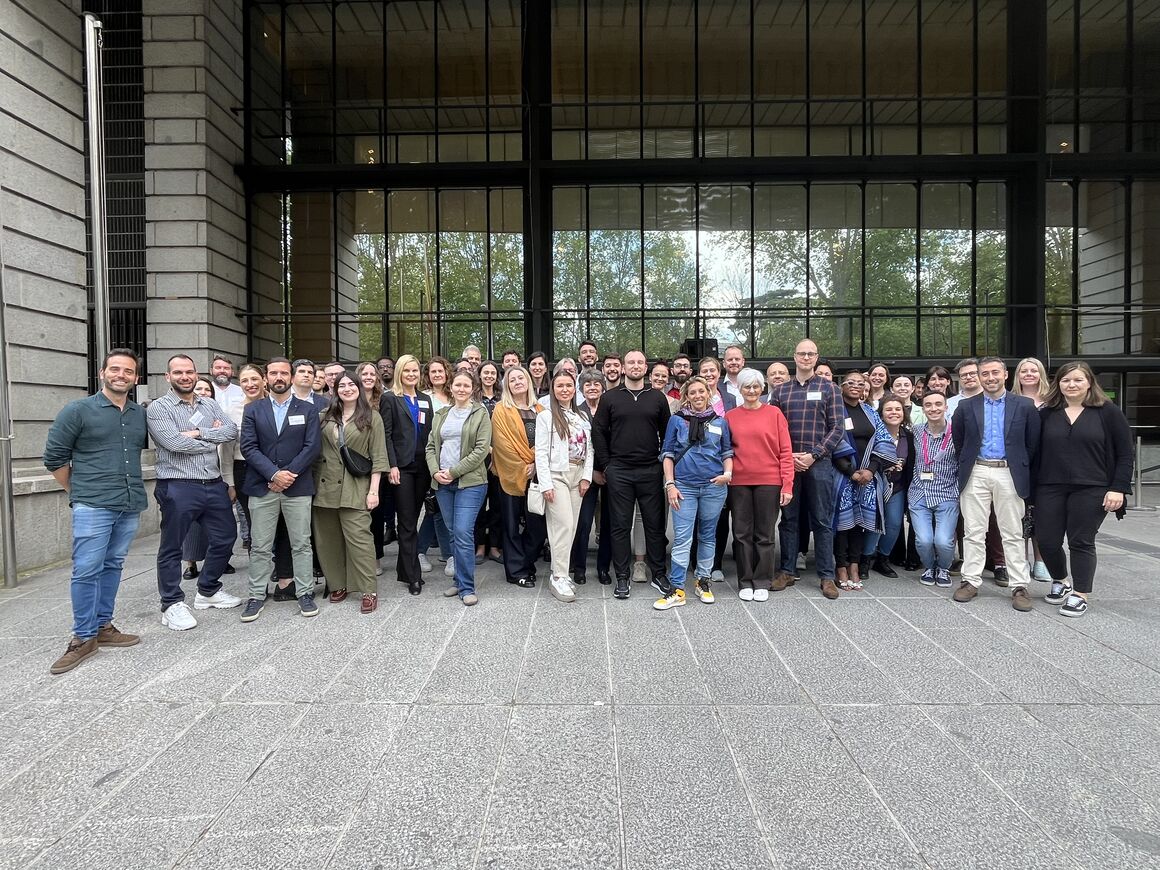ECDC Hosts Second Epidemic Intelligence Network Meeting in Madrid
On 6 and 7 May 2025, ECDC convened the second meeting of the Epidemic Intelligence Network in Madrid, Spain, kindly hosted by the Spanish Ministry of Health. The meeting marked a key step in defining the priorities and activities of this recently established network.

Bringing together ECDC’s National Focal Points for threat detection, the Early Warning and Response System (EWRS), and International Health Regulations (IHR), along with Operational Contact Points for epidemic intelligence from EU/EEA Member States, ECDC discussed with the participants the operations of the Epidemic Intelligence Network and operational and methodological advances in epidemic intelligence more broadly.
In plenary sessions, Member States’ representatives discussed how they use different methodologies and tools to monitor and communicate about public health events of interest and build capacity on epidemic intelligence, as well as their work through international collaborations.
Colleagues from DG SANTE, DG HERA, the World Health Organization and Africa CDC contributed to the discussions, presenting ongoing initiatives and plans to advance epidemic intelligence globally.
Background
In 2024, ECDC launched the Epidemic Intelligence Network of Operational Contact Points (OCPs) in EU/EEA countries to enhance early threat detection and epidemic intelligence capabilities across Member States.
The network focuses on:
- Real-time information exchange on ongoing public health events;
- Joint signal detection and validation;
- Peer learning and training opportunities; and
- The collaborative development and implementation of innovative epidemic intelligence methods, including through communities of practice.
The meeting in Madrid reaffirmed the Network’s role as a platform for strengthening regional and global cooperation in epidemic intelligence, and underscored the collective commitment to more agile, informed, and connected public health responses.




